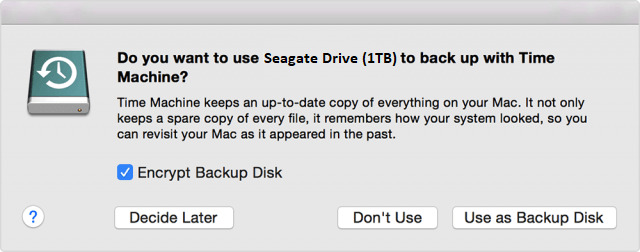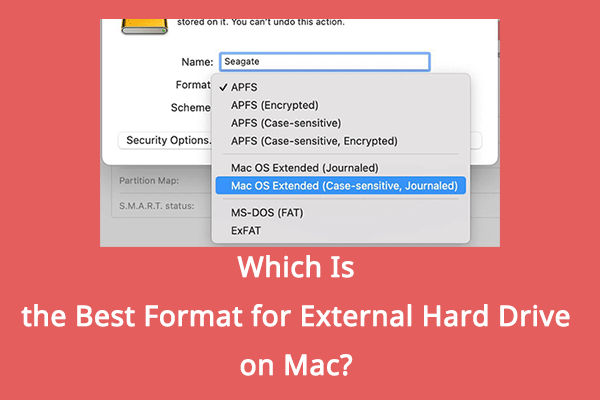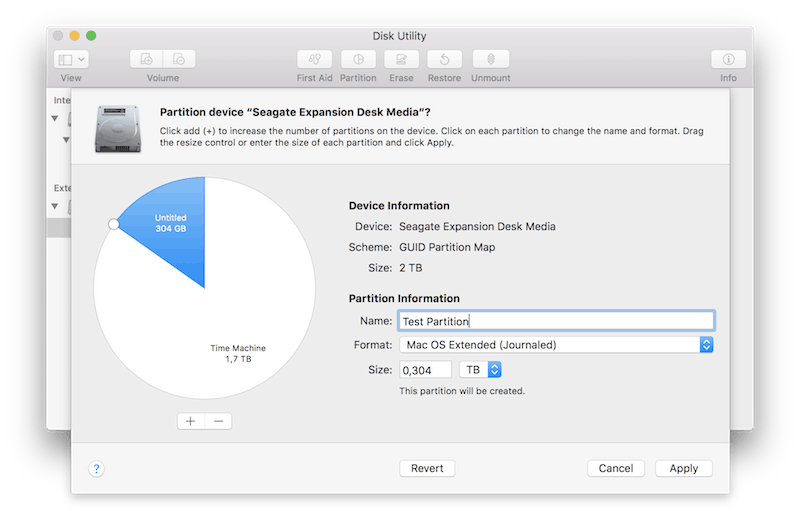
- #SEAGATE DISK FORMAT FOR MAC FOR MAC#
- #SEAGATE DISK FORMAT FOR MAC MAC OS#
- #SEAGATE DISK FORMAT FOR MAC UPDATE#
Plug the external hard drive into your Mac directly or via USB.
#SEAGATE DISK FORMAT FOR MAC MAC OS#
Follow on-screen prompts to choose Mac OS Extended (Journaled) file system and allow the disk to format.įollow these simple steps using AnyRecover to get your files back! Find the name of the drive in the left side of the Utilities window and select it. Start the Disk Utility, which is located under Applications > Utilities. Connect the external drive or the USB drive to the Mac.

Disk utility - the MacOS utility application can help you with this. The easiest way is to drag it from one drive to another.Īll is set, then you can go ahead to format the drive on your Mac. Hence, you must backup your important files before reformatting the drive if you want to save them. Keep in mind that Mac OS can generally read other file formats, but for the best performance and to create a bootable disk, formatting exclusively for your Mac based on its version is required.įormatting an external hard drive would erase everything on it. In a few simple steps you are ready to go and can save your back-up files to the external drive, keeping your information safe and giving you peace of mind. Reformatting an external hard drive for use with Mac OS is not as difficult as it might seem.
#SEAGATE DISK FORMAT FOR MAC FOR MAC#
Part 2: Format External Hard Drive for Mac with Disk Utility Luckily, there are third-party tools to help you do so. NTFS: As the default file system in Windows, it can only read by Mac OS and writing to it is not available. Nevertheless, this older file system is limited to no more than 4GB and there might be security issue and disk errors.ĮxFAT: It is similar to ExFAT which can be read by both Windows and Mac, but it can store more than 4GB files. It enables you to regularly share files with your friends. MS-DOS FAT (aka FAT32): In addition to Mac, it can also be written and read by Linux and Windows. You can encrypt it so that no one can access the contents on your drive. Mac OS Extended (encrypted) would be an ideal option if you probably carry your laptop or external drive here and there.
#SEAGATE DISK FORMAT FOR MAC UPDATE#
Mac OS Extended (Journaled/HFS+): If you didn't update your Mac OS to High Sierra, the default file system on your Mac shoule be Mac OS Extended.


What's more, it is compatible with SSD and flash storage devices only. However, it won't be readable and usable on machines that are not running Mac High Sierra, Windows or Linux PCs. Which one is right for your circumstance? We'll describe them here, and you'll be able to make your choice after reading the details.ĪPFS: This is the default file system in Macs with High Sierra. There are a few file formats you can use, but it depends on the purpose you want to use the drive for. The most important, you should decide which format to use. Part 1: Which File Format You Should Choose?īefore you begin formatting the drive, there are a few things to do.


 0 kommentar(er)
0 kommentar(er)
